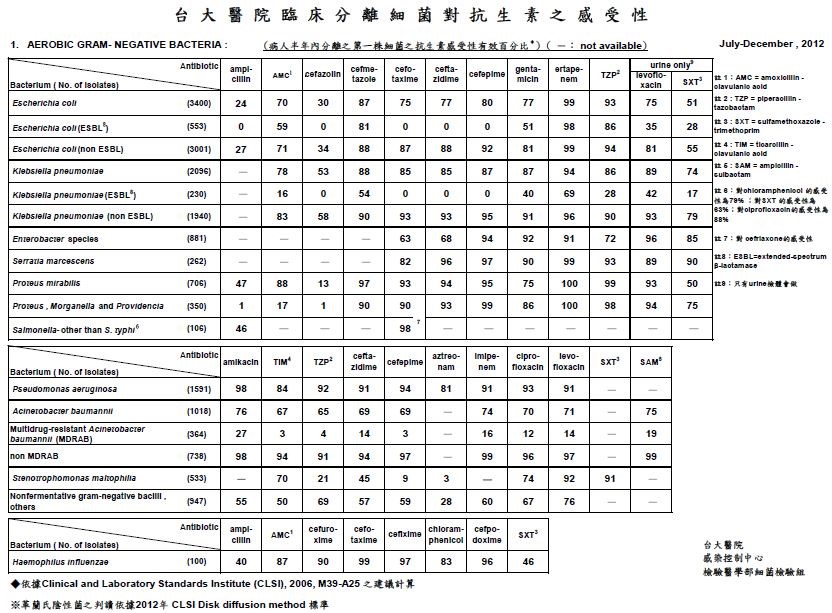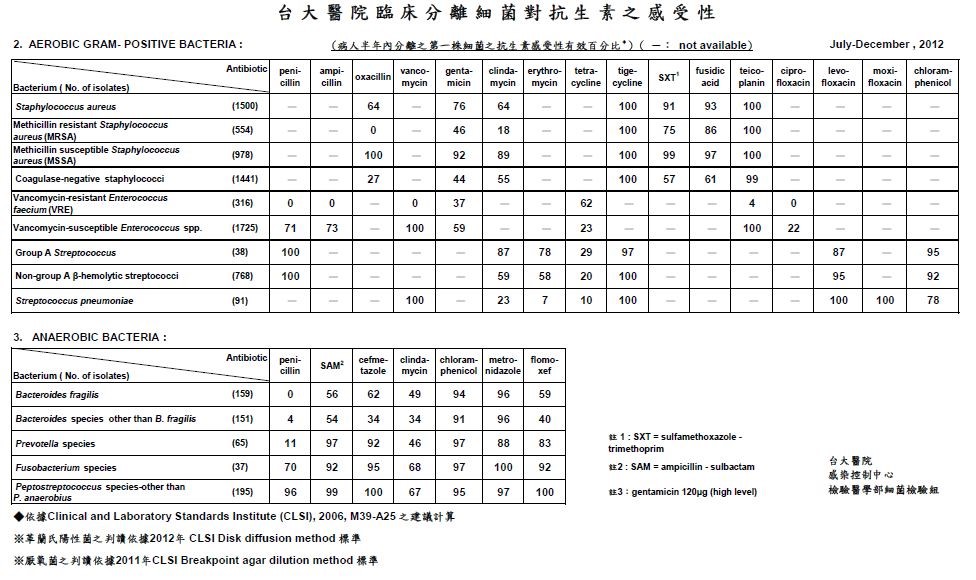Team:NTU-Taida/Project/Background
From 2013.igem.org
Contents |
Bacterial infection
Bacterial infection is the invasion of bacteria into one’s body. They reproduce and multiply themselves, causing disease by local cellular injury, secretion of toxins, or antigen-antibody reaction in the host. The spectrum of bacteria changes with time and the introduction of antibacterial agent. Nowadays, the emerging issue in this field is the appearance of multiple drug-resistant (MDR) bacteria and extensive drug-resistant (XDR) bacteria. Yet the development of resistant strains of bacteria could be limited by the judicious use of antibiotics. In order to use the appropriate drug, knowing the antibiotic pattern of the invading bacteria is of importance. The routine process to identify causative organism in hospital, culturing and sensitivity testing for a specific antibiotic, is found to be sensitive.
Bacterial infection may be further classified by where the infection occurs, into community-acquired infection and nosocomial infection. The strains of bacteria, infection site, and epidemiological transmission pathway all differ between them. Nosocomial infection is of increased importance. MDR or XDR are present in hospital environments such as MRSA (Methicillin-resistant Staphylococcus aureus) and Acinetobacter. The Table below is the susceptibility of antibiotics of clinical separated bacteria from NTUH (National Taiwan University Hospital) at 2012. Urinary tract infections, pneumopathy, and infections of surgery site are most common because of the formation of biofilm on the surface of catheters, endo-tubes, etc. What’s worse, because of the drug-resistance, diagnosis and treatment of bacterial nosocomial infection become a serious problem. The identification of bacteria and new drugs is required.
Quorum Sensing System in G+ Bacteria
Quorum Sensing System in G- Bacteria
PQS system in Pseudomonas aeruginosa
 "
"




